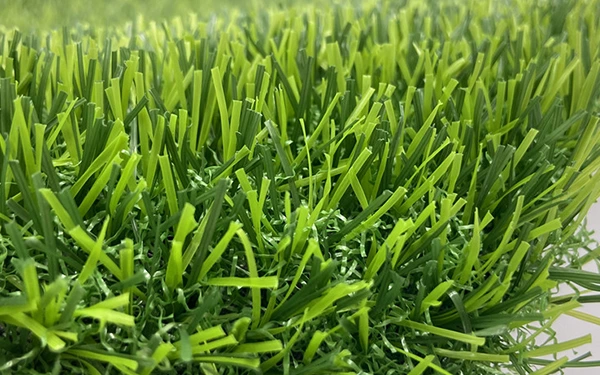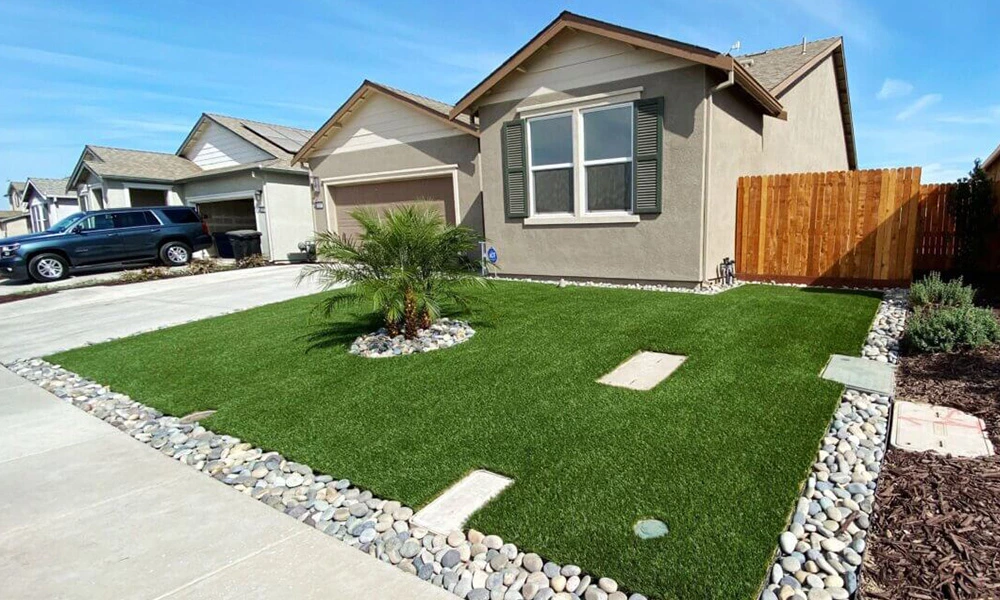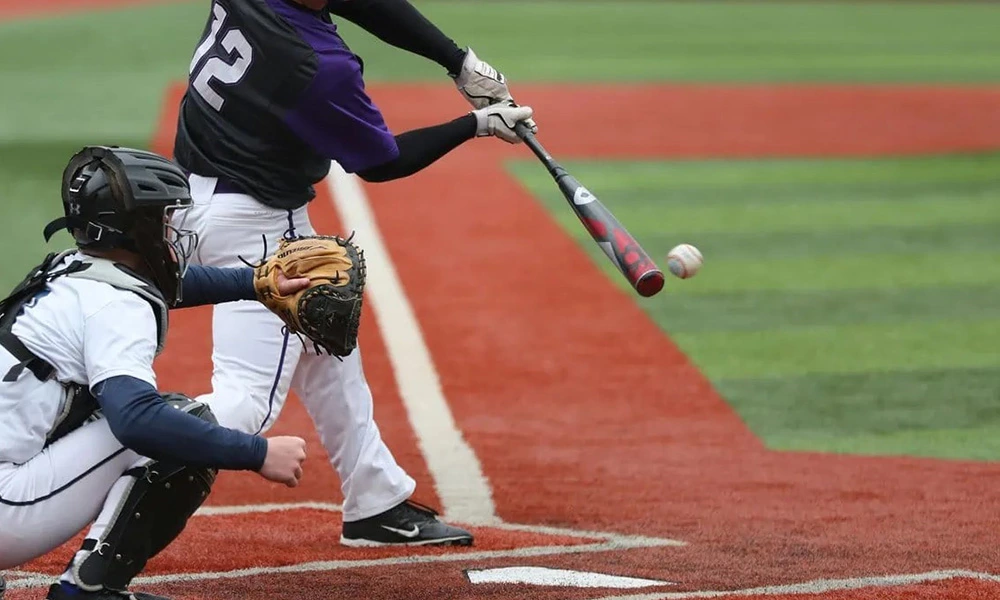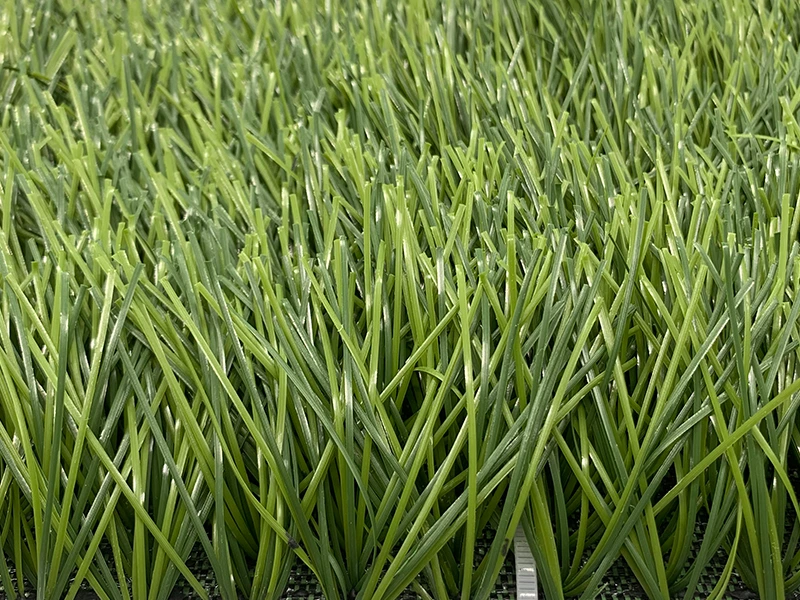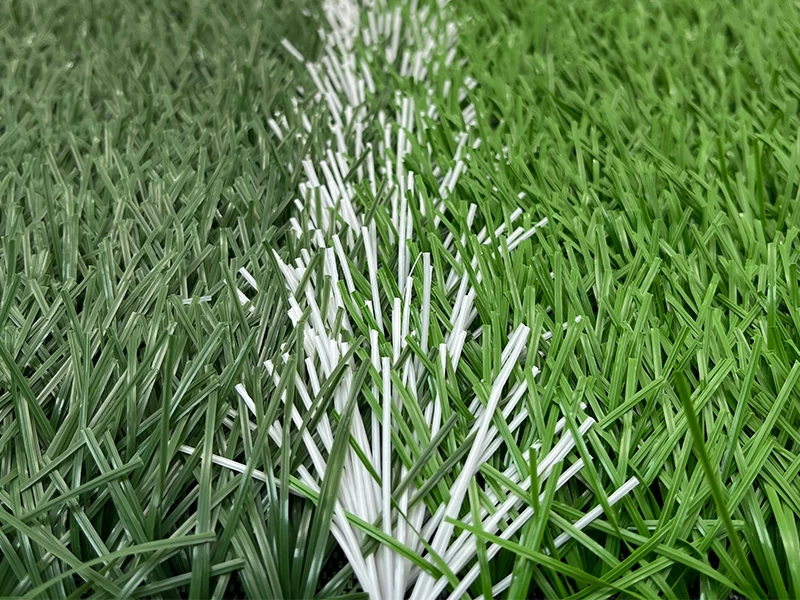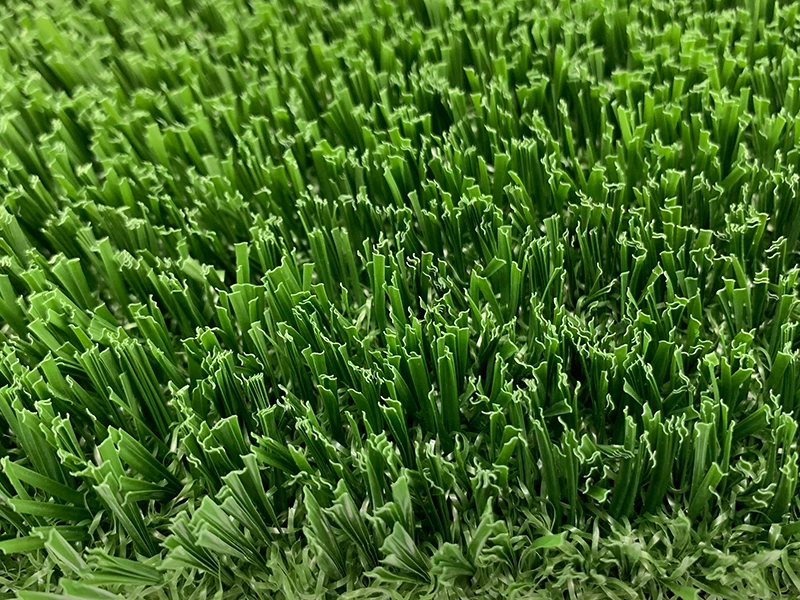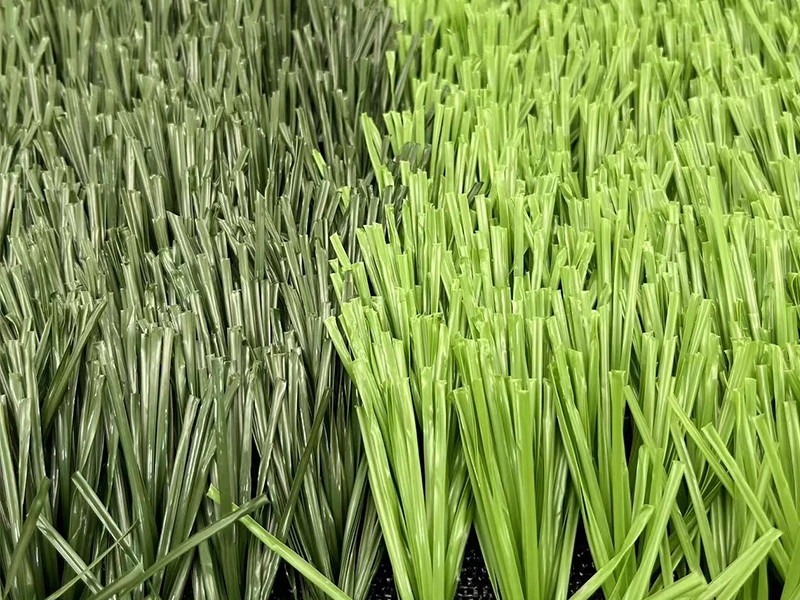Artificial turf softness and hardness selection guide
In the selection process of artificial turf, hardness is a crucial factor, which not only affects the comfort of users, but also is closely related to the functionality, safety and durability of the venue. Whether it is a stadium, commercial space, or a home garden or playground, each venue has different requirements for the hardness and softness of artificial grass. So, what factors affect the hardness and softness of artificial grass? How to choose the right lawn according to needs?
The material of artificial grass determines the hardness and softness
The fiber material of artificial grass is mainly made of three materials: polyethylene (PE), polypropylene (PP) and nylon (PA). The softness of different materials varies:
Polyethylene (PE): The most common grass fiber material, with soft texture and good elasticity, is widely used in football fields, home gardens and landscaping, suitable for users who pursue a comfortable experience.
Polypropylene (PP): Relatively hard, mainly used in high-intensity sports venues, such as tennis courts, hockey fields, etc., where wear resistance is required.
Nylon (PA): It has extremely high wear resistance and softness, but it is expensive and is usually used in professional sports venues, such as high-end football fields and golf greens.
The density and length of grass fibers affect the touch
The density and grass fiber length of artificial grass have a direct impact on the softness and hardness.
Lawn density: The higher the density, the softer it feels when stepped on, and the better the cushioning effect. For example, high-density landscape lawns are more suitable for children's playgrounds or home lawns.
Grass fiber length: The longer the grass fibers, the softer and more cushioning the lawn is, which is suitable for places that require a comfortable experience, such as parks or hotel green landscapes.
Short grass fibers (10-20mm): Suitable for venues that require higher wear resistance, such as tennis courts or basketball courts, providing more stable sports performance.
Long grass fibers (30-50mm): Suitable for football fields, high-end landscape lawns, etc., providing a more natural foot feel and better cushioning effect.
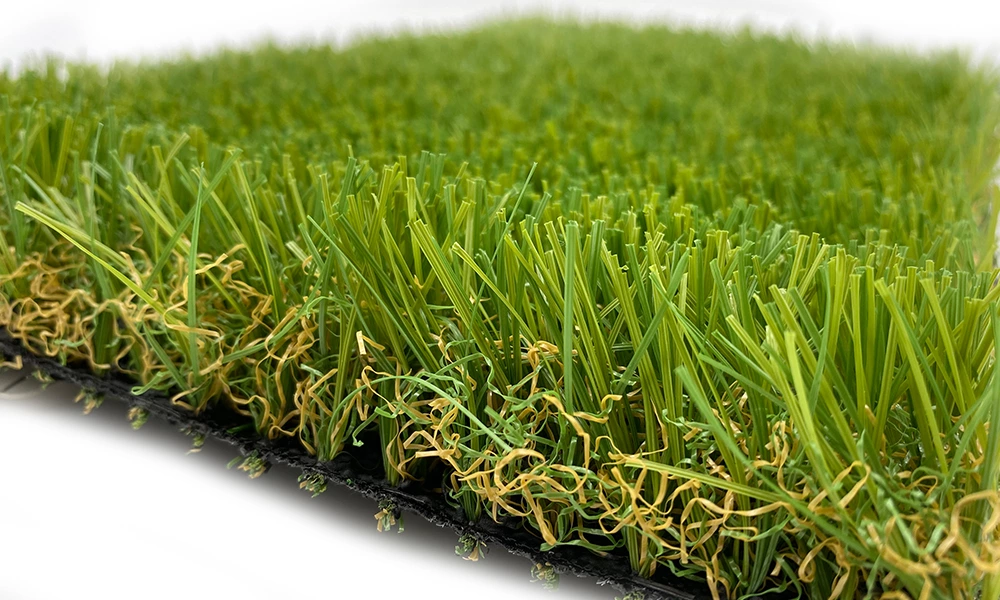
Filling materials affect the hardness of the lawn
Artificial grass usually requires filling materials to increase its stability and shock absorption performance, and the type of filling will also affect the softness and hardness of the lawn.
Quartz sand filling: Increase the weight of the lawn, improve stability, and keep the grass fibers upright, but make the lawn feel relatively hard.
Rubber particle filling: commonly used in sports venues, such as football fields, to provide better elasticity and cushioning effect, making the lawn softer to step on.
Mixed filler (quartz sand + rubber particles): combining the advantages of both, it can maintain stability and provide a comfortable sports experience, suitable for professional stadiums.
Application scenarios determine the softness and hardness requirements of lawns
Different uses have different requirements for the softness and hardness of artificial grass:
Family courtyards and landscape lawns: soft high-density long grass fibers are recommended to provide a comfortable foot feel.
Children's playgrounds: It is recommended to choose soft and cushioning lawns to reduce injuries when falling.
Football fields: moderate hardness is required to ensure the safety of players' sports, and rubber particles are filled to enhance cushioning.
Tennis courts and golf courses: harder short-fiber lawns are required to ensure the rebound effect of the ball.
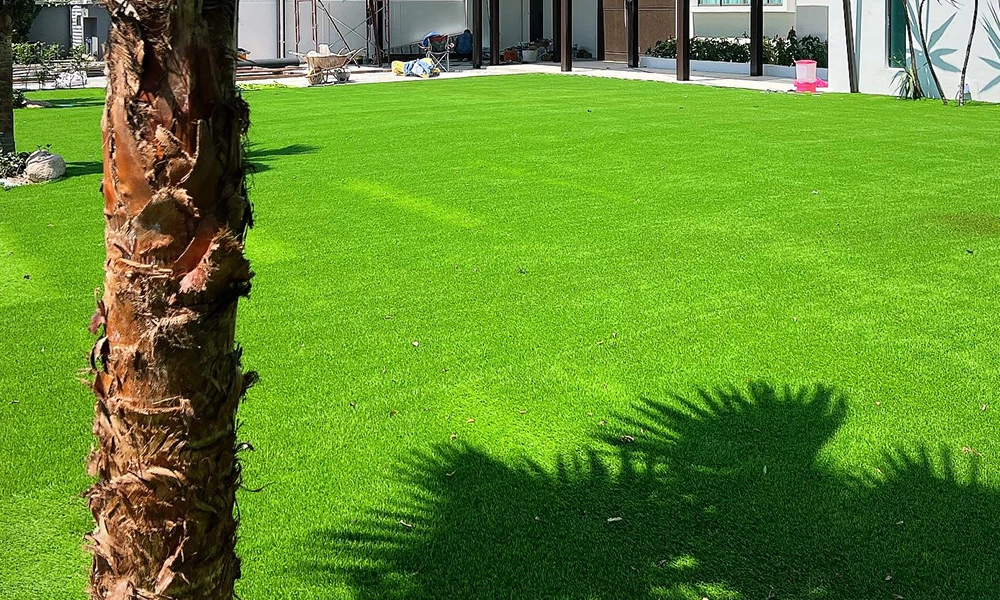
UNIGRASS provides a variety of soft and hard artificial grass to meet different needs
As a professional artificial grass manufacturer, UNIGRASS provides a variety of soft and hard artificial grass products, from soft landscape lawns to highly wear-resistant sports lawns. Customers can choose according to specific needs.
UNIGRASS landscape turf: uses high-density, soft PE fiber, suitable for home gardens, parks and commercial greening.
UNIGRASS football grass: uses highly wear-resistant PE+PP mixed grass silk and is filled with rubber particles to ensure the best sports experience.
UNIGRASS high-end sports grass: uses nylon fiber and professional filling materials to provide professional-level sports performance.
